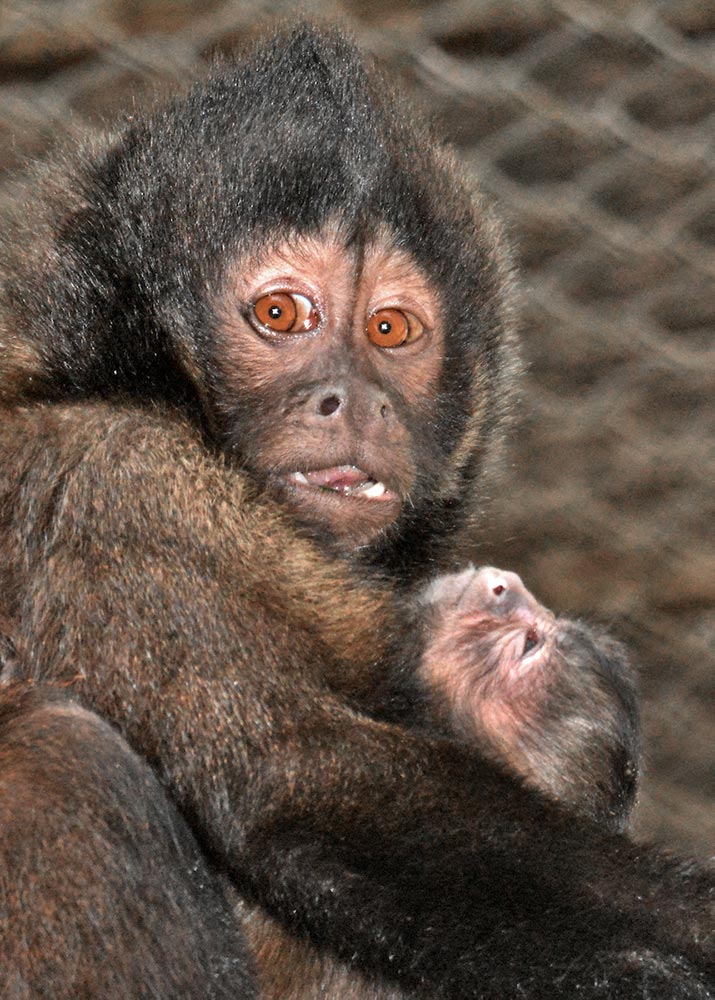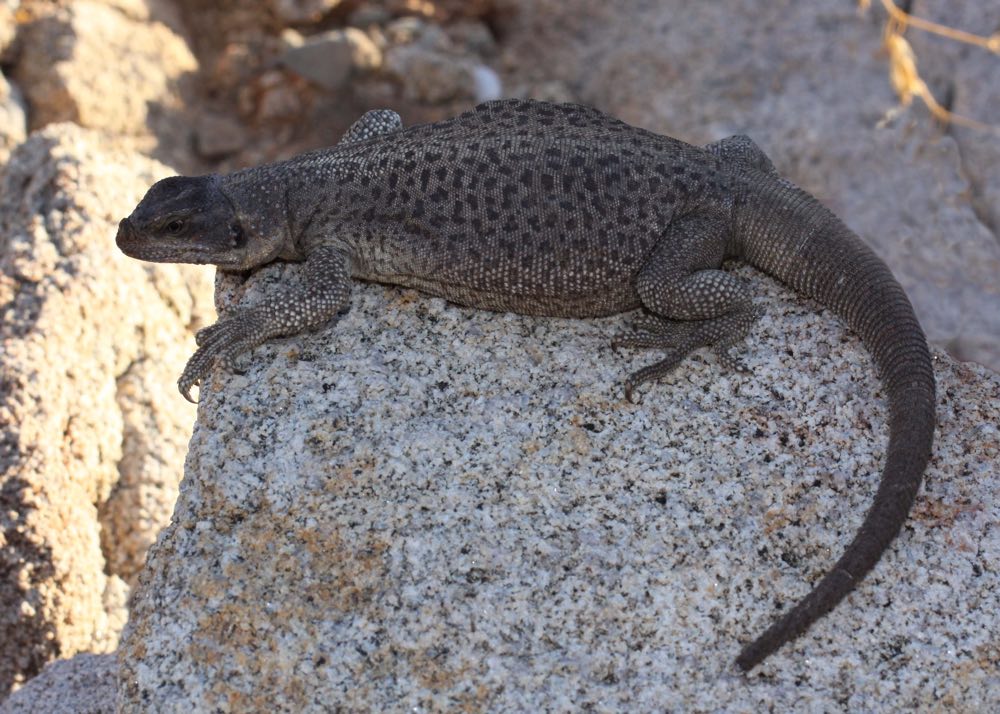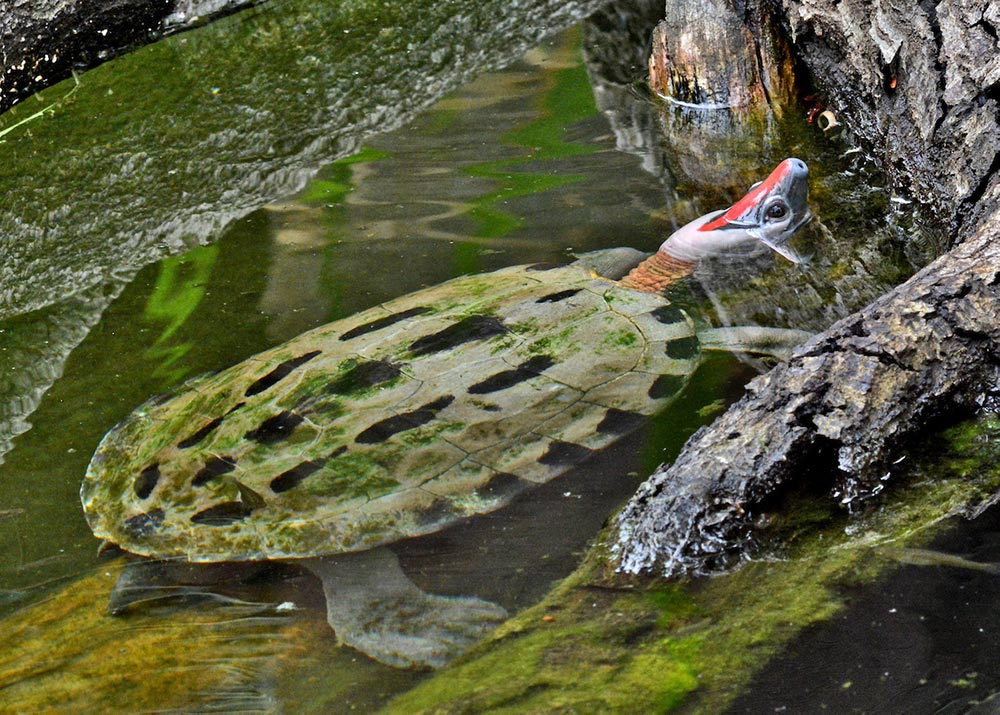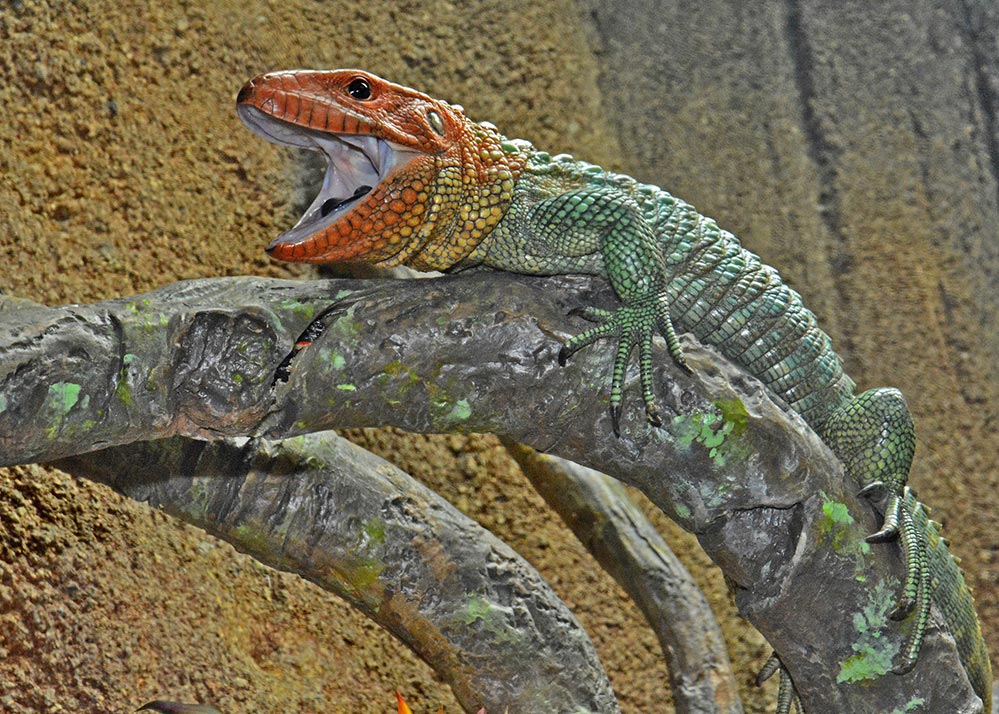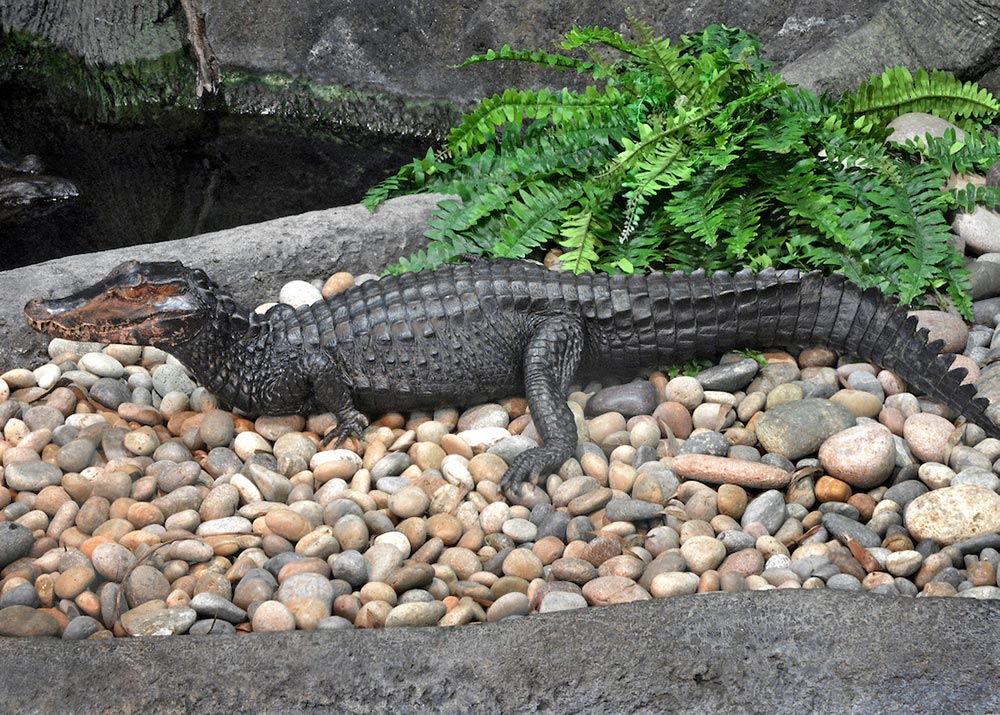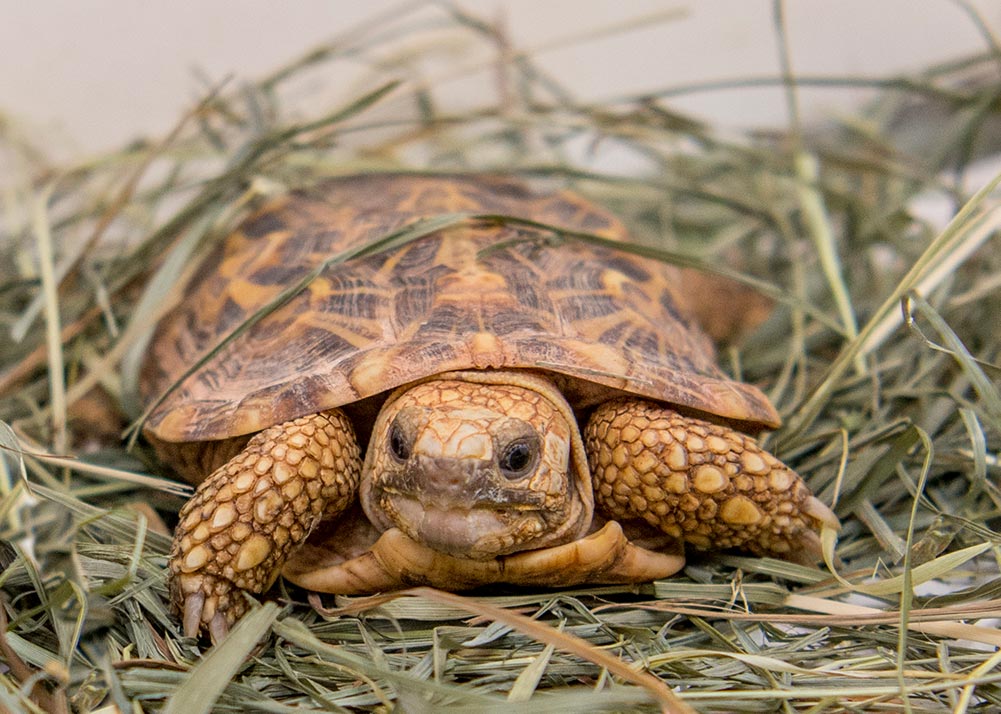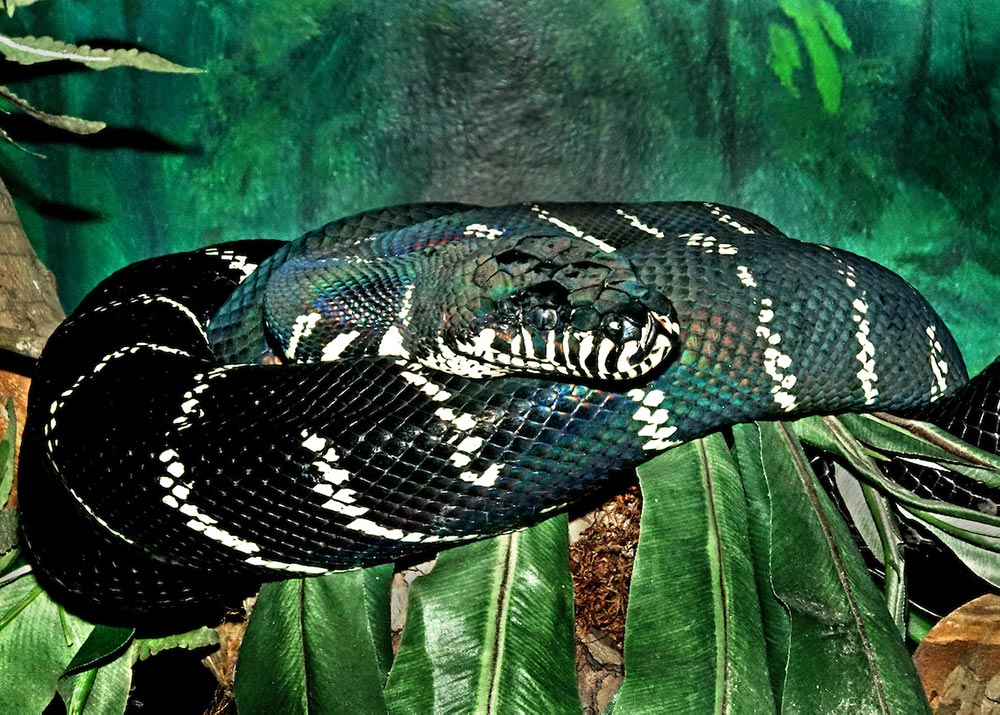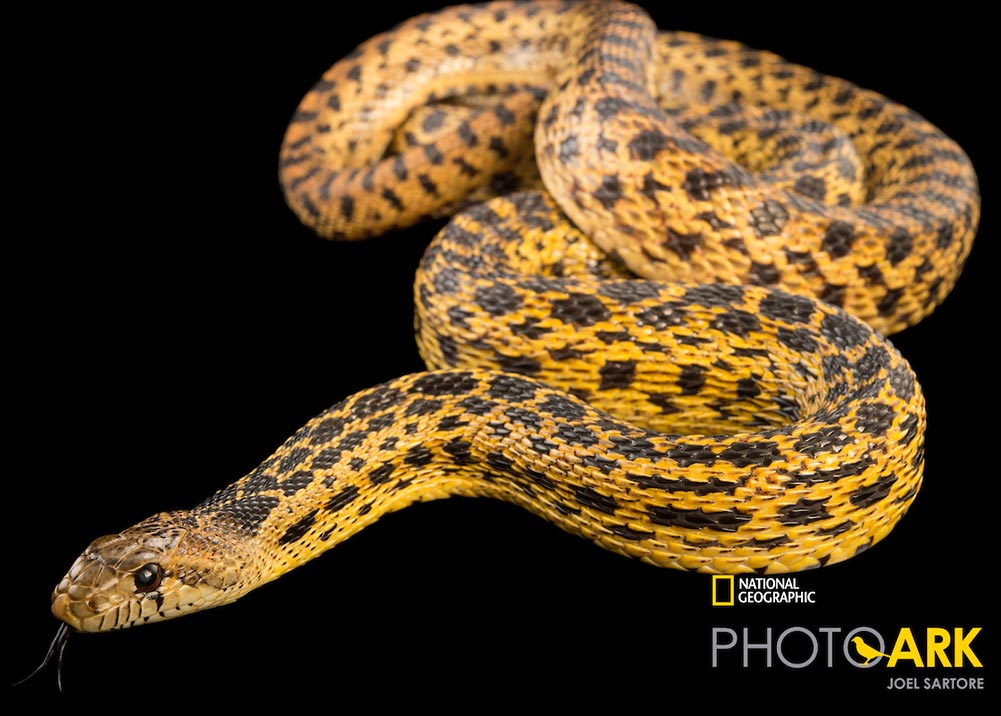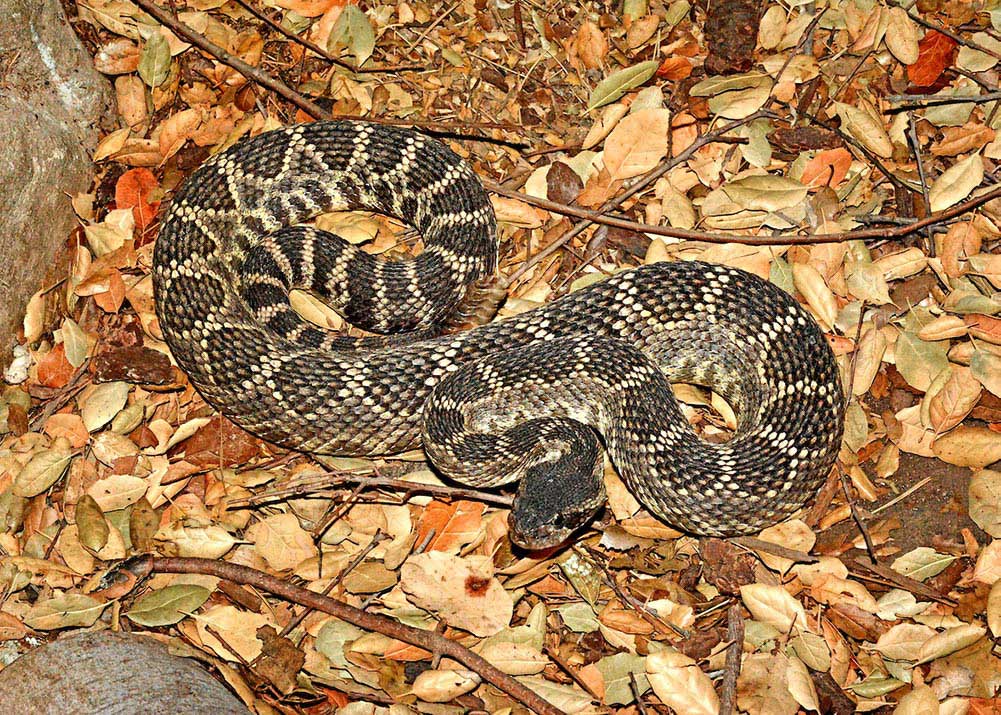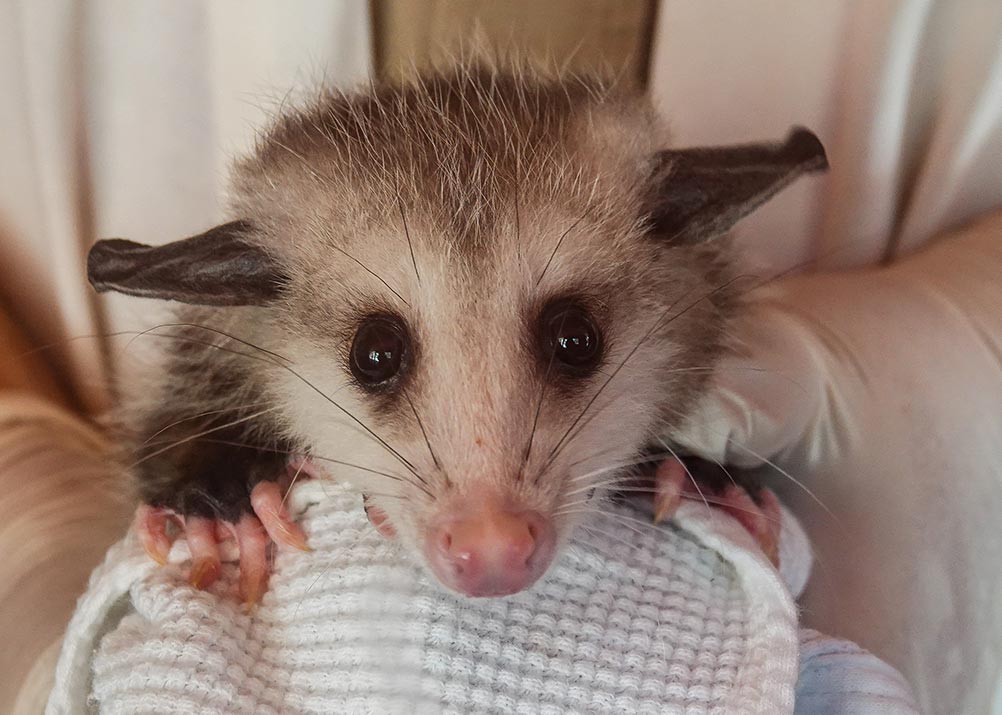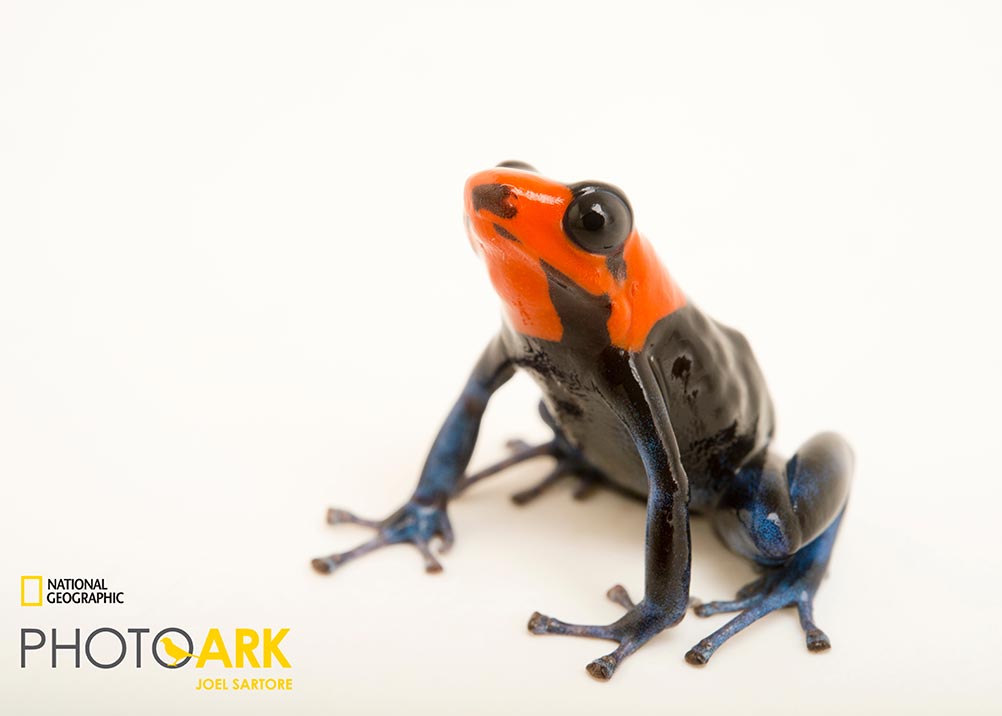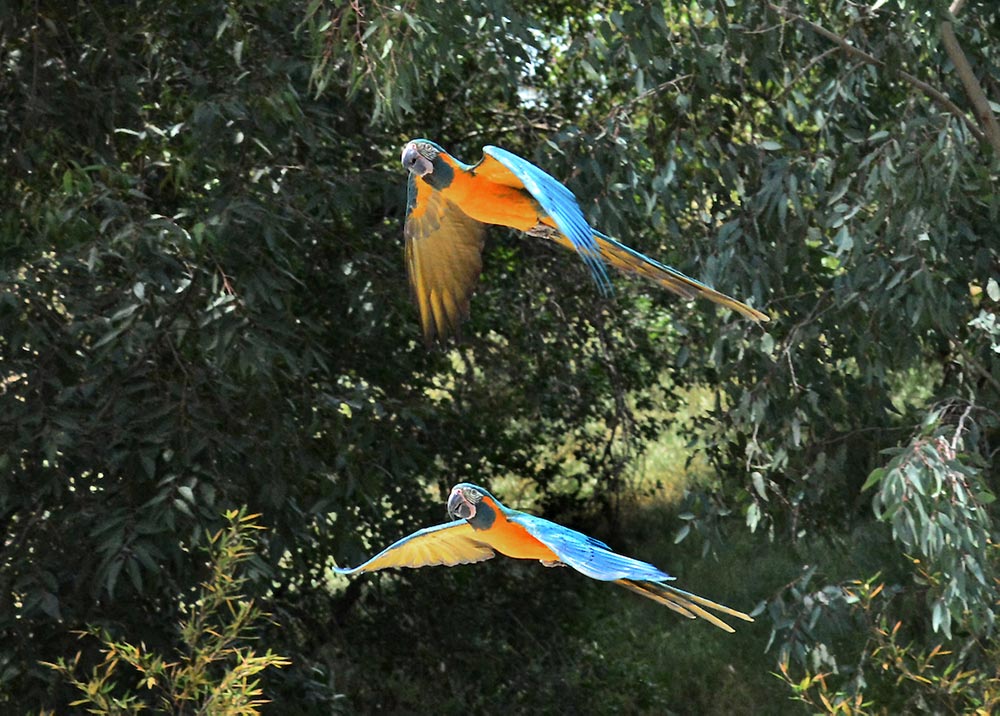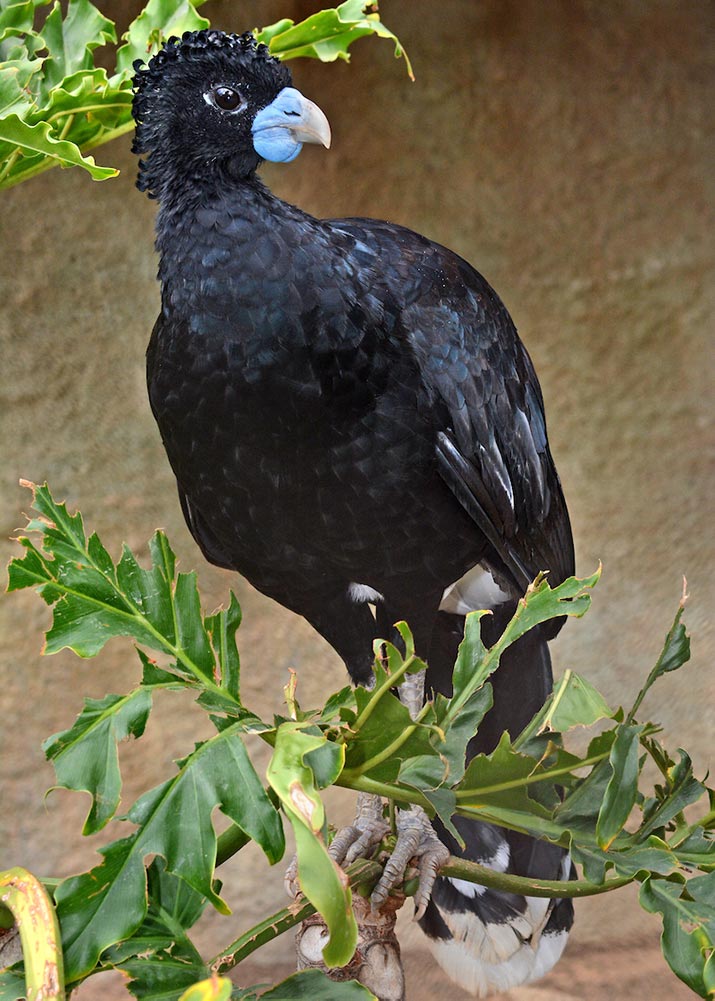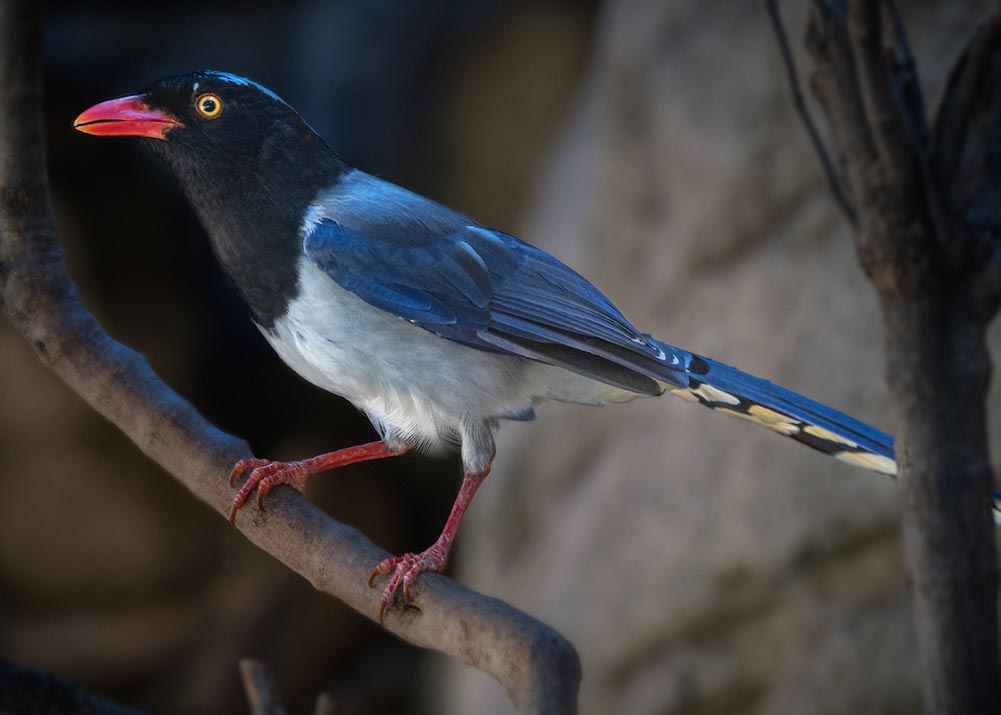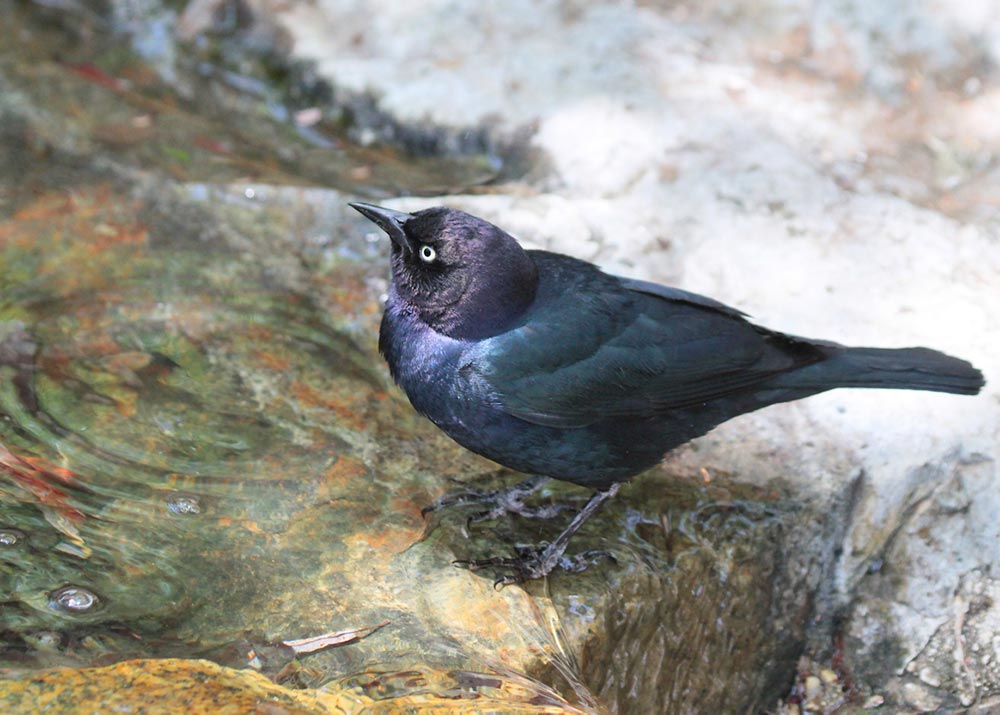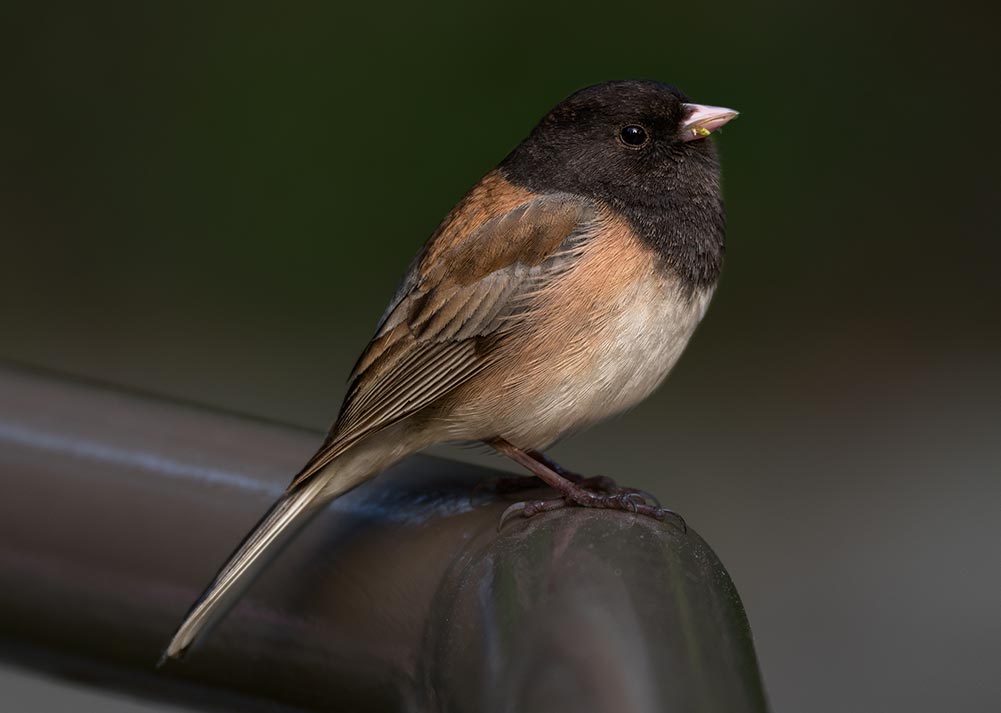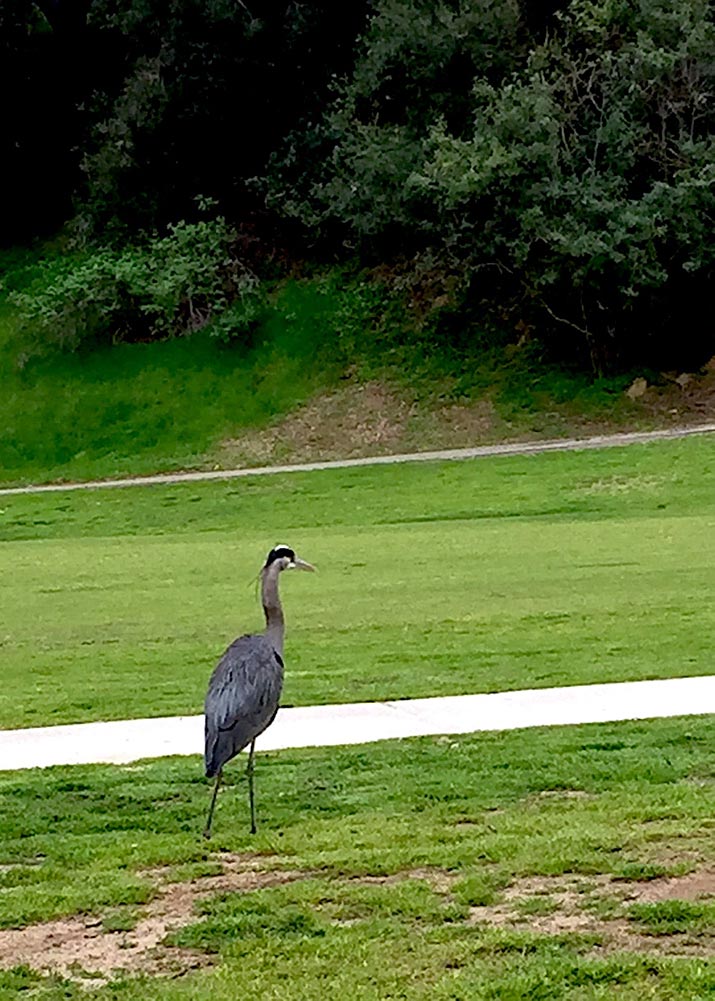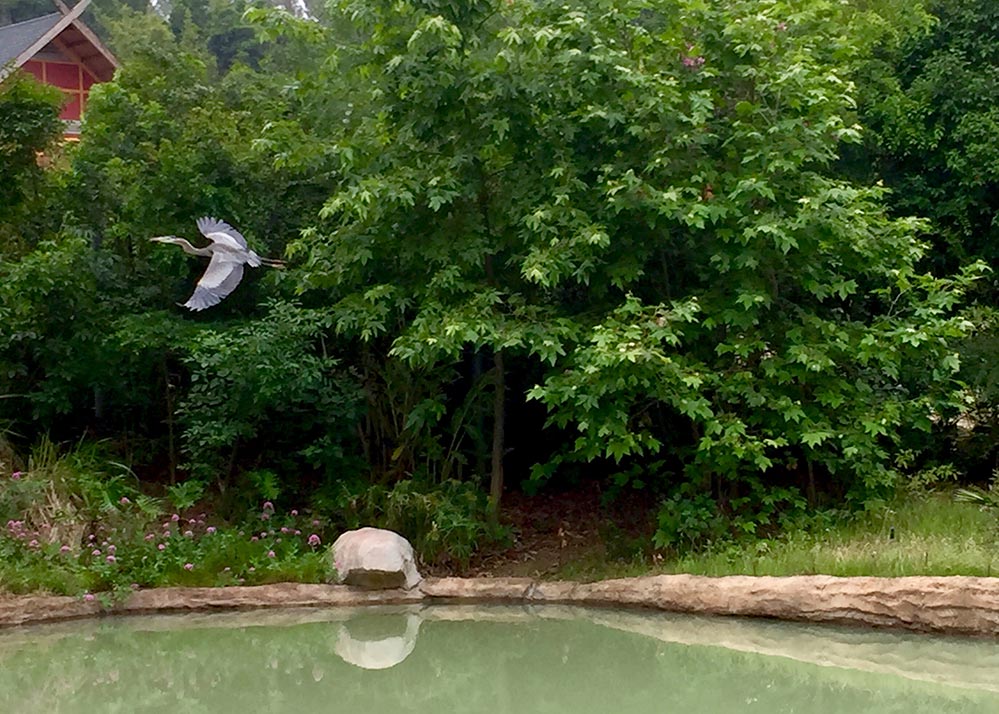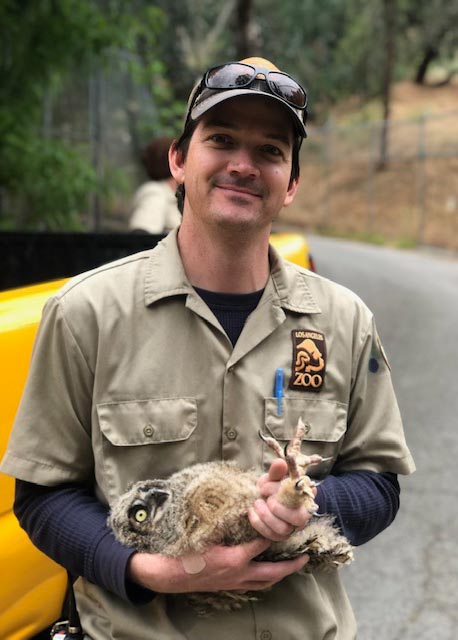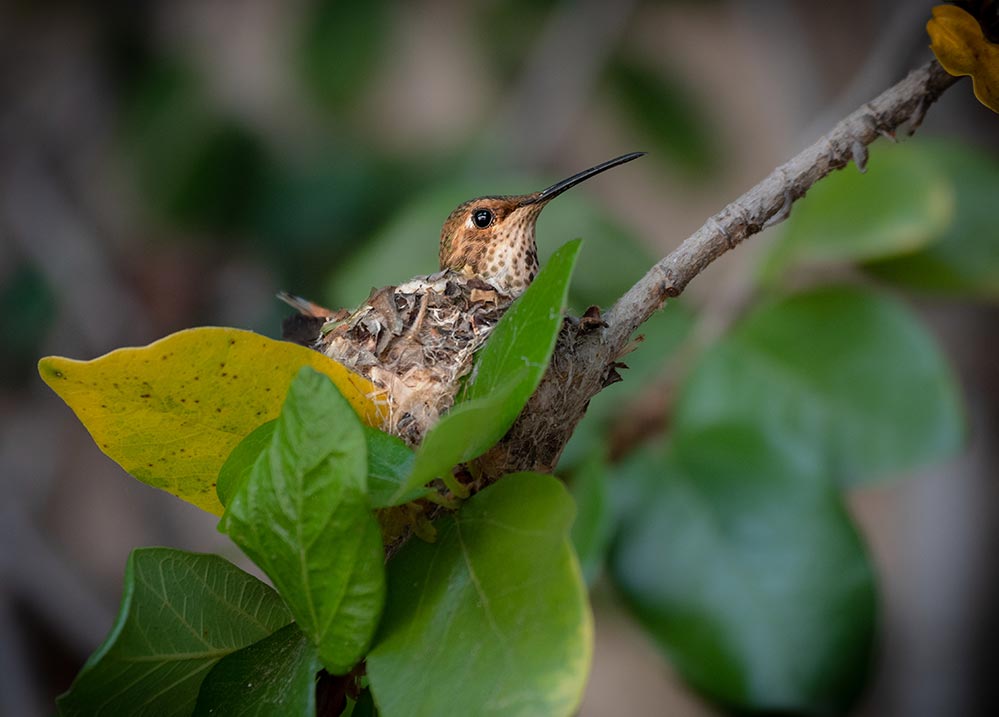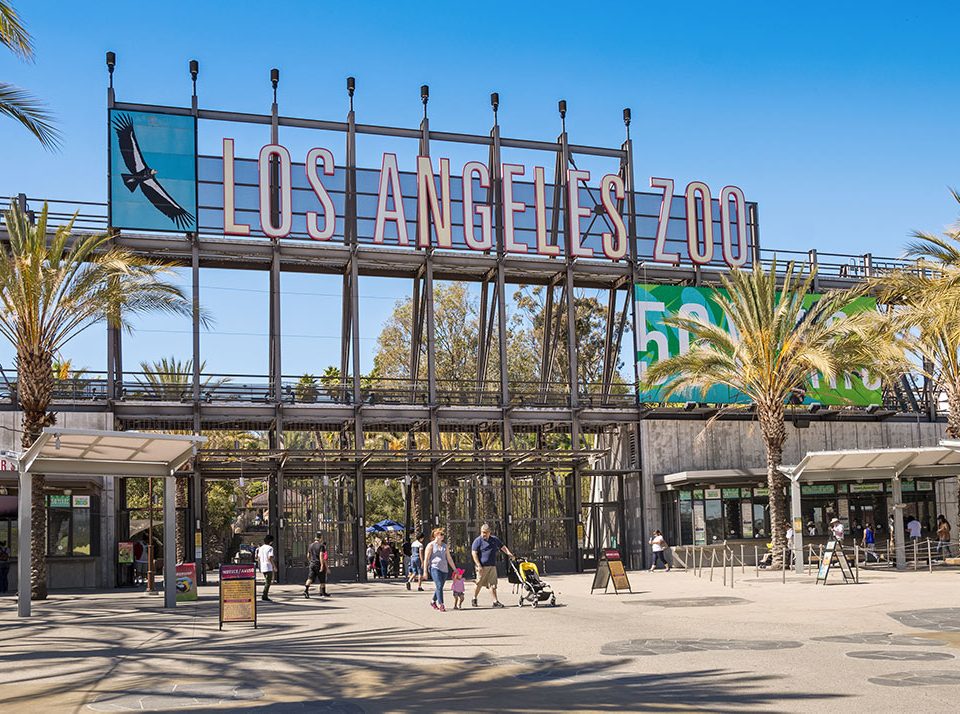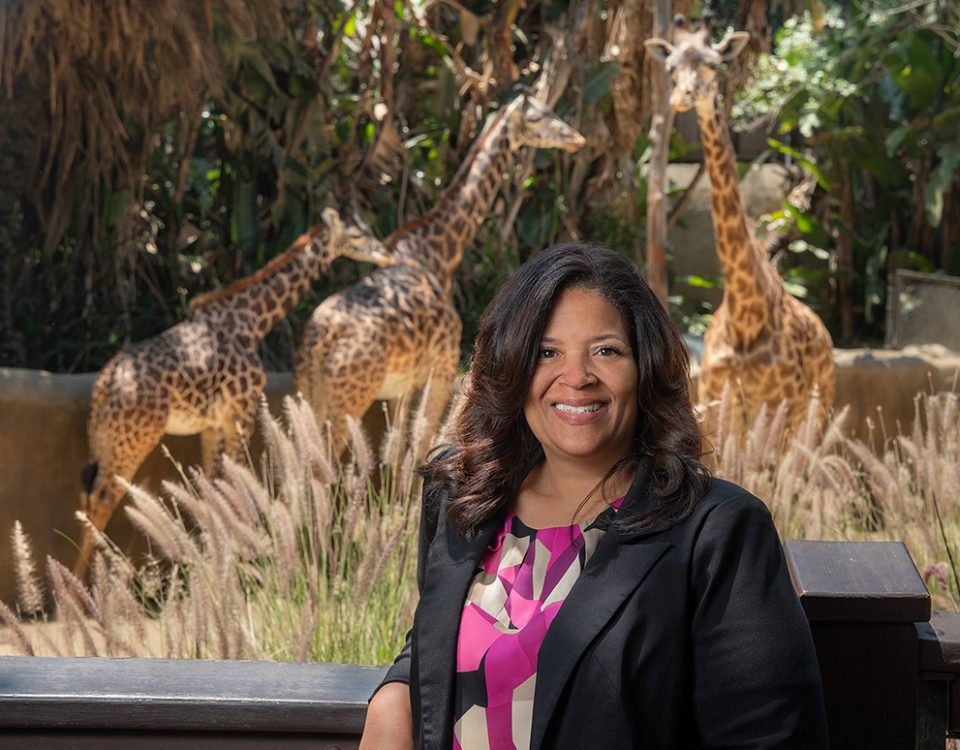New in the Zoo

Denise M. Verret Named Next L.A. Zoo CEO and General Manager
July 1, 2019
Capuchin Baby Photo by Tad Motoyama
May births included a crested capuchin monkey. These New World monkeys are native to South America and they currently are not endangered thanks to their wide distribution. However, they face the same challenges as many endangered primates, notably habitat loss.
When Portuguese explorers reached the Americas in the 15th century and encountered these monkeys, they were reminded of monks from the Order of Friars Minor Capuchin, an offshoot of the Franciscans, who wear brown robes with large hoods. In Italian, the word “cappuccio” and its diminutive, “cappuccino,” refer to a cap or hood. (The espresso drink that is familiar to many of us is also named for these Capuchin friars: brown coffee topped with a “cap” of frothed milk.) The scientific name of the genus that includes capuchins, Cebus, comes from the Greek word kêbos, which means long-tailed monkey. Capuchins do have long tails, and as with most New World monkeys, those tails are prehensile, which means they can be used like an extra hand for climbing.
Who came first? Both the capuchin monkey and the cappuccino coffee drink were named because of their resemblance to Capuchin friars in their brown, hooded robes.
A Mertens’s monitor is now part of a mixed-species display in the LAIR. Formerly the mata mata turtle exhibit, it is now home to this unique Australian lizard as well as large freshwater fish. This monitor is a good swimmer and actively dives to hunt for fish underwater.
A pair of spotted chuckwallas is out on view in the Arroyo Lagarto outside the LAIR. The L.A. Zoo is the only zoo in the world to exhibit these lizards. And while you are at the LAIR, be sure to stop and appreciate the painted river terrapins who live with the Indian gharials. These critically endangered turtles are now exhibiting their breeding coloration, which is spectacular!
Adjacent to the piranhas at Rainforest of the Americas you can now see hundreds of cardinal tetras and a group of angelfish in a new rainforest aquarium. Also new to the Rainforest of the Americas is a caiman lizard. Native to the Amazon basin regions of Ecuador, Peru, Colombia, Venezuela, Brazil, and Guyana, caiman lizards can be found among the low branches and overhanging roots of swampy tropical forests and flooded woodlands. These lizards are named for their large, heavy scales that resemble those of the caiman crocodile.
Three African pancake tortoises arrived and, after completing quarantine, they will become Learning and Engagement outreach animals. Found in Kenya and Tanzania, these social tortoises are fast, agile and, as you might guess from their common name, flat. Rather than tucking into their shells when threatened, they will run to nearby rocky areas and wedge themselves into crevices to wait until it’s safe to emerge. As babies, their shells are domed, as with most tortoises. But as they mature, the shells flatten out and are actually flexible—adaptations that help them hide and also make it easier for them to right themselves if they are overturned, which happens fairly often in the rocky areas where they live.
Other reptilian arrivals include a male Boelen’s python, who will join the female on exhibit in the LAIR, and a San Diego gopher snake who will join the Southern Pacific rattlesnakes in the Desert LAIR. At first glance, people (and other animals) often mistake gopher snakes for Southern Pacific rattlesnakes (both species occupy much of the same range), and gopher snakes exploit the confusion to scare away potential threats. They will shake their tails in leaf litter, producing a sound that is remarkably similar to the sound of a rattlesnake. Both species eat small birds, eggs, and mammals, but will live harmoniously if food is abundant.
Sometimes it takes a while for recent arrivals to settle into their new homes so, although the male cassowary has access to the public portion of the habitat in the Zoo’s Australia section from 8 a.m. to 3 p.m., it can be challenging to catch a glimpse because he remains a bit… wary.
All of the Zoo’s male peninsular pronghorn transferred to San Diego Zoo on May 29. Because they were all related to the females, they could not be allowed to breed with them. Hopefully, a new breeding male will arrive in the near future. A new Virginia opossum named Pip has joined the animal ambassador team. Pip is an orphan from a rehab facility, having lost her mother and siblings in a dog attack.
It’s egg-watch time for many oviparous Zoo residents! The blessed poison frogs (listed as Vulnerable by the IUCN) produced two fertile eggs for the first time and two clutches of Cape Baja rock lizard eggs hatched at the end of June. Bird species currently “on the nest” with eggs or chicks include blue-throated macaws, blue-billed curassows, red-billed blue magpies, and tawny frogmouths. Additionally, several species of local birds are nesting on Zoo grounds, including hummingbirds, dark-eyed juncos, Brewer’s blackbirds, great horned owls, and more! So, if you are walking out in the Zoo, keep an ear out for the calls of hungry chicks.
In May, two bird walks took place. One was held for a birding group from Wild Birds Unlimited–Redondo Beach, whose manager Bob Shanman generously supplies the Zoo with bird seed for all the feeders found on Zoo grounds. The other outing was the spring member bird walk which coincided with World Migratory Bird Day. Between the two walks, 38 species were identified: mallard, band-tailed pigeon, mourning dove, white-throated swift, Anna's hummingbird, Allen's hummingbird, Cooper's hawk, red-shouldered hawk, red-tailed hawk, acorn woodpecker, yellow-chevroned parakeet, red-crowned parrot, Pacific slope flycatcher, black phoebe, California scrub jay, common raven, tree swallow, bushtit, Bewick's wren, American robin, European starling, cedar waxwing, house finch, lesser goldfinch, dark-eyed junco, song sparrow, spotted towhee, California towhee, hooded oriole, Bullock's oriole, black-headed grosbeak, brown-headed cowbird, Brewer's blackbird, red-winged blackbird, northern mockingbird, western tanager (heard but not seen) , house sparrow, and scaly-breasted munia/nutmeg mannikin.
Other local birds at the Zoo avoided these bird counts, but have not gone unnoticed! A great blue heron named Pickles by Animal Care staff has been patrolling pools at Elephants of Asia and stalking the golf course, and at the beginning of May, Animal Care staff discovered a great horned owlet that had fallen into the Calamian deer yard. An intrepid animal keeper scaled the tree to safely return the chick to its nest.
A Word on Birds
This time of year, many young birds are fledging and may look like they need to be rescued. But all that most of them really need is a helping hand to place them out of harm’s way, close to where they were found so that their parents can locate them. Nestling birds (those with no feathers yet) that can’t be put back in their nests and injured birds do need to be taken to a wildlife rehabilitator. The L.A. Zoo does not offer wildlife rehabilitation services for a variety of reasons, but here are some licensed local wildlife rehabilitators that can help if you find birds that do need help:
- California Wildlife Center, 310/458-9453
- Wildlife Care of Ventura, 805/498-2794 (Although they are not local they have a large network and may even be able to pick up animals.)
- International Bird Rescue, 310/514-2573
- Pasadena Humane Society, 626/792-7151
- Wild Wings of California, 909/592-4900


